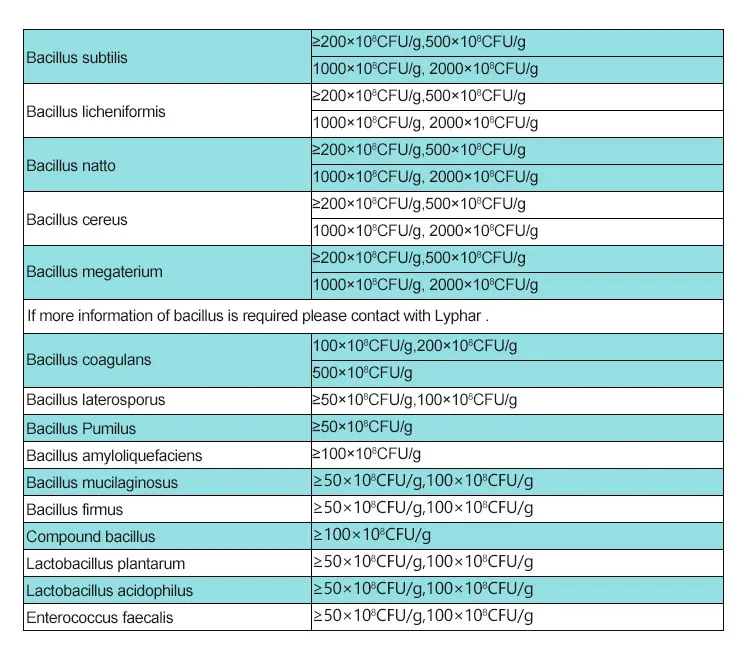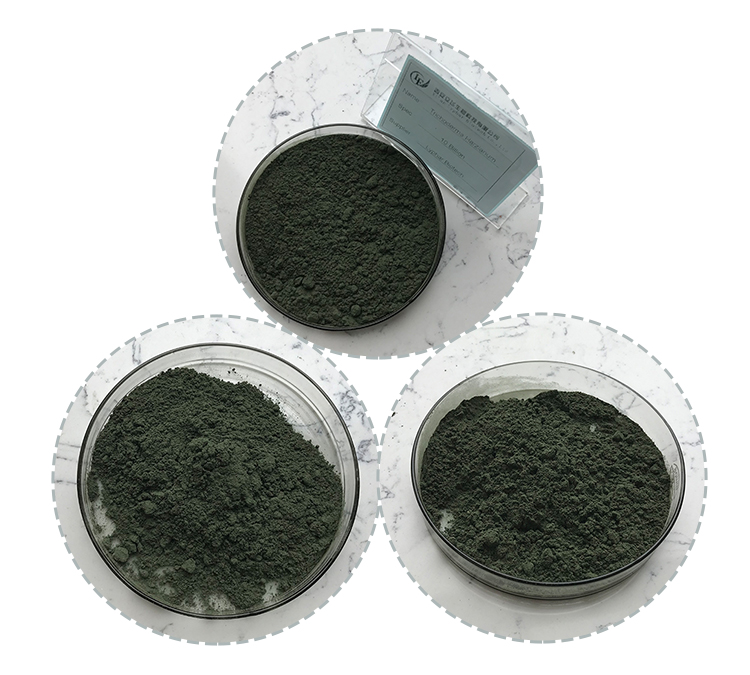Trichoderma harzianum is a species of fungi commonly found in soil, and it is well-known for its biocontrol properties against various plant pathogens. While Trichoderma harzianum is primarily studied for its biological and agricultural applications, detailed information on its chemical structure and physical properties is limited compared to well-characterized chemical compounds.
Chemical Structure of Trichoderma Harzianum:
Trichoderma harzianum is a filamentous fungus, and its cell wall is composed of complex carbohydrates, proteins, and lipids. The cell wall structure may vary among different strains and under different growth conditions. Specific details about the chemical composition of the cell wall components can depend on the strain and the context of the study.
Physical Properties of Trichoderma Harzianum:
1.Morphology:
Trichoderma harzianum exhibits a filamentous and mycelial growth form.
The mycelium is composed of a network of hyphae.
2.Growth Conditions:
Trichoderma harzianum thrives in a range of environmental conditions, including a wide pH range (4-8) and temperatures between 20°C and 30°C.

3.Spore Production:
Trichoderma harzianum produces asexual spores called conidia, which are typically green or yellow-green in color.
The conidia are produced on conidiophores, specialized structures on the mycelium.
4.Metabolites:
Trichoderma species are known to produce secondary metabolites with potential biocontrol and antifungal activities.
Some of the metabolites produced by Trichoderma harzianum include peptaibols, polyketides, and non-ribosomal peptides.
5.Biocontrol Properties:
Trichoderma harzianum is widely used in agriculture for its ability to suppress various plant pathogens through competition, mycoparasitism, and the production of antifungal compounds.
The biocontrol properties contribute to its role in promoting plant growth and protecting crops from diseases.
It’s important to note that research on Trichoderma harzianum is ongoing, and newer findings may provide more detailed insights into its chemical and physical properties. For specific and up-to-date information, referring to recent scientific literature and research articles is recommended.
The adverse effects of Trichoderma Harzianum
Trichoderma harzianum is a species of fungus commonly used in agriculture as a biocontrol agent. It is known for its ability to suppress plant pathogens and promote plant growth. While Trichoderma harzianum is generally considered safe and beneficial, like any biological agent, it may have some adverse effects under certain conditions. Here are some potential concerns:
Allergic reactions: Some individuals may be allergic to Trichoderma harzianum or its byproducts. Inhalation or skin contact with the fungus may lead to respiratory or skin irritations in sensitive individuals.
Opportunistic infections: Although Trichoderma harzianum is typically non-pathogenic to humans, in rare cases, it may cause infections, especially in individuals with compromised immune systems. This is more likely to occur in hospital settings or among individuals with severe underlying health conditions.
Impact on non-target organisms: Trichoderma harzianum is designed to target specific plant pathogens, but there is a possibility that it may affect non-target organisms. This can include other beneficial fungi, bacteria, or even non-fungal organisms in the soil. The disruption of the natural microbial balance may have unintended consequences on the ecosystem.

Environmental persistence: Trichoderma harzianum is known for its resilience and ability to persist in the environment. While this trait is advantageous for its biocontrol properties, it could pose a risk if it becomes invasive or outcompetes native microbial communities, potentially altering ecological balances.
Toxic metabolite production: Some strains of Trichoderma harzianum may produce secondary metabolites or toxins under certain conditions. While this is not common, it is essential to monitor and assess the specific strain being used to ensure it does not produce harmful substances.
It is important to note that the majority of commercially available Trichoderma harzianum products are carefully selected and tested for safety. Additionally, proper application practices and adherence to recommended guidelines can help minimize any potential adverse effects. Always follow product instructions, and if there are concerns or adverse reactions, seek guidance from agricultural experts or healthcare professionals.
